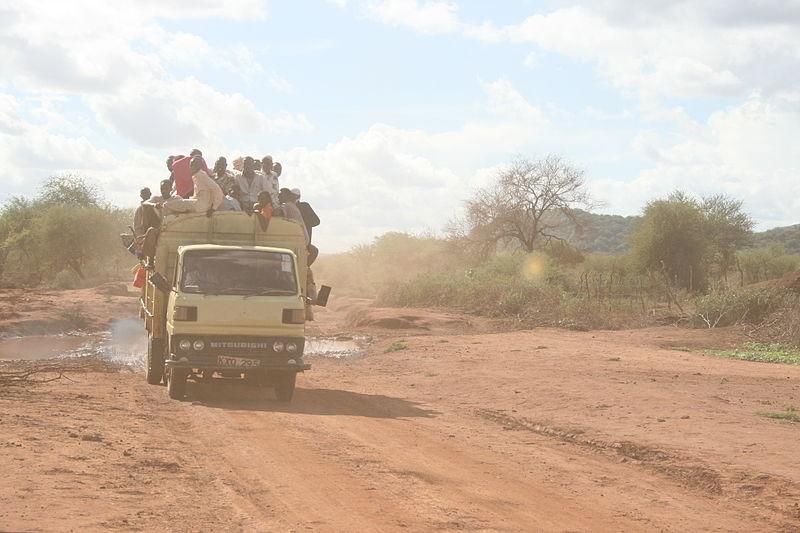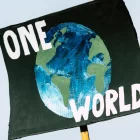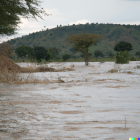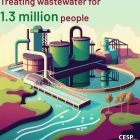Simply put Kenya is going through a drought, 2021 is much hotter and dryer than 2020. Most of the country has received less rain overall than expected. Some areas getting as little as 25% of the normal rainfall.
During the long rains in 2021, between March and May, lower rainfall was recorded throughout the country.
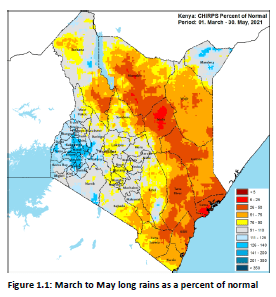
What the drought has done.
To get a good idea of what effect this really has we can look at a comparison of the overall plant condition comparing 2020 and 2021.
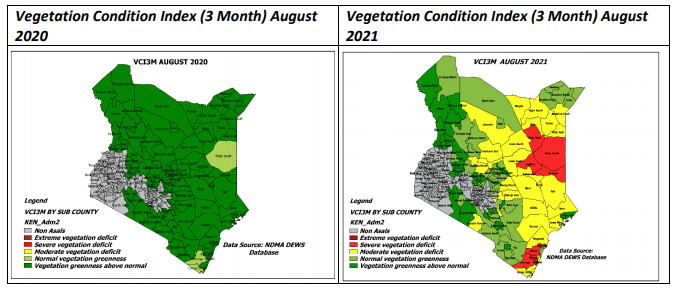
If that wasn’t enough the National Drought Management Authority predicts that the situation is only going to get worse for most of the country; which is 80% Arid and Semi-arid land (ASAL).
On 8 September 2021, President Uhuru Kenyatta officially declared drought in parts of Kenya a national disaster.
The drought’s effects can already be seen With Cattle that retailed at Ksh50,000 in 2020 selling for as low as 20,000ksh – 25,000ksh in 2021.
The water situation for cattle farmers is getting dire to the point the government is stepping in to buy between 5,000 and 10, 000 of the weaker cattle. Those harshly affected by the drought will be fed from this meat.
Water solutions
Among the recommendations to the government is to provide water infrastructure and water storage facilities. To allow Kenyans living in these ASAL keep the water they need available for drier times. Read More on bulk water storage.

Conservation of the available water could make all the difference in these trying times. We can prolong the time before the effects of the drought are fully felt by recycling the available water. Residential and commercial waste water treatment systems produce clean water that could be used for farming and landscaping. Conserving the little water we have as well as saving on cost of getting fresh water.

